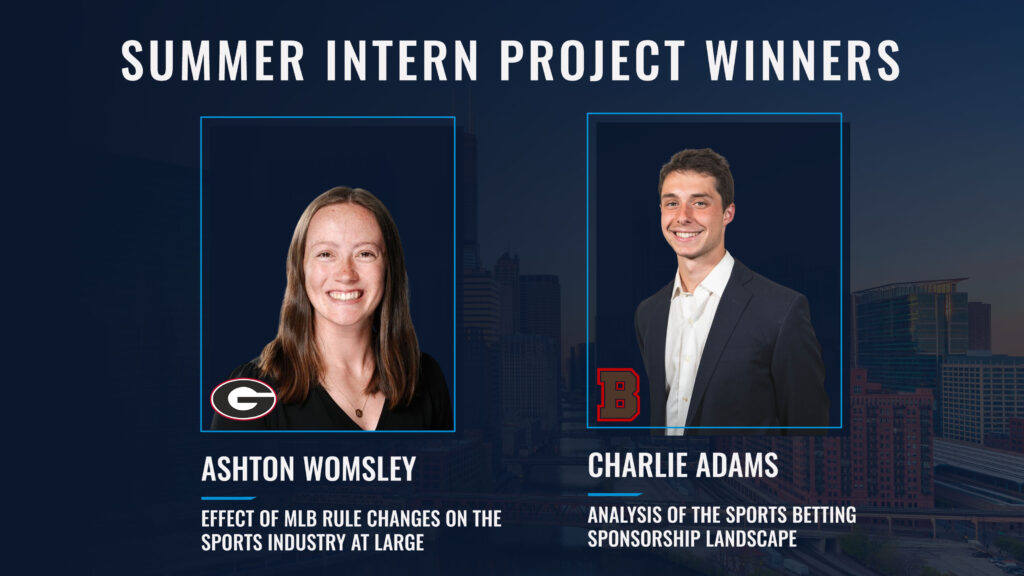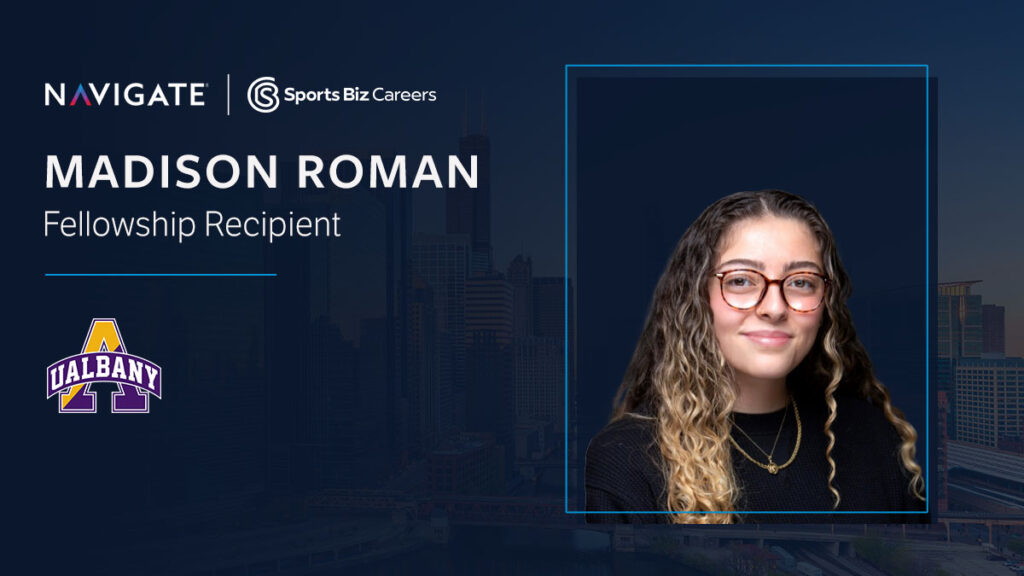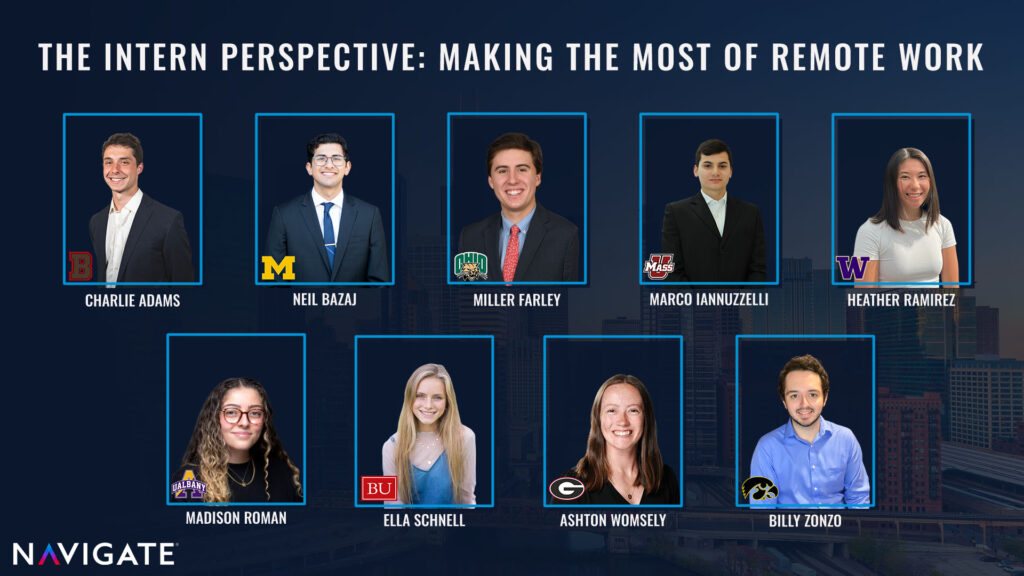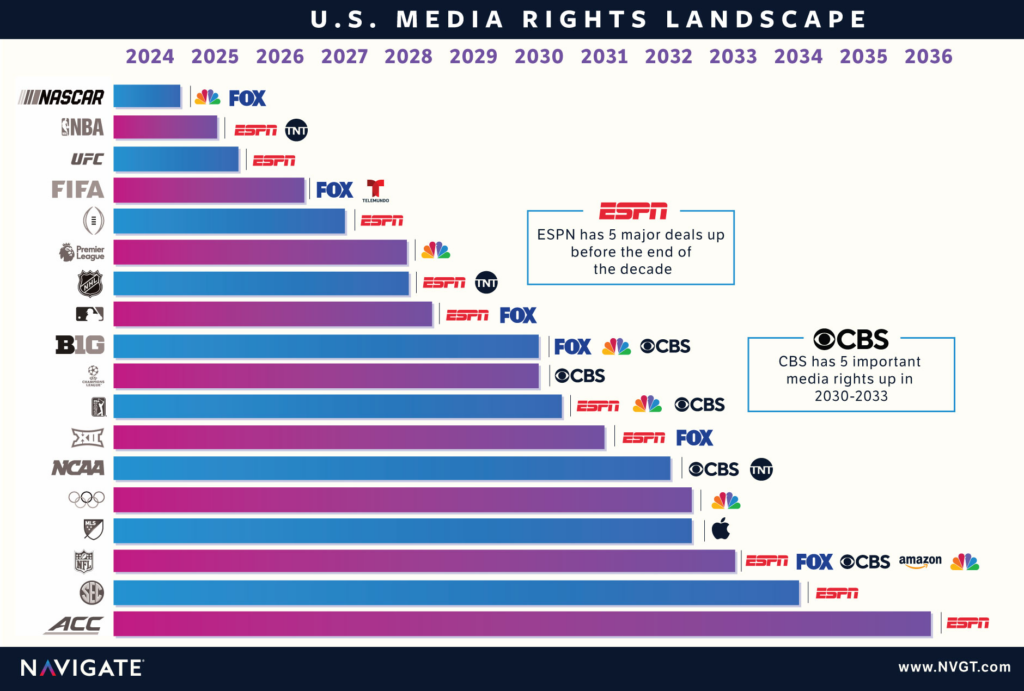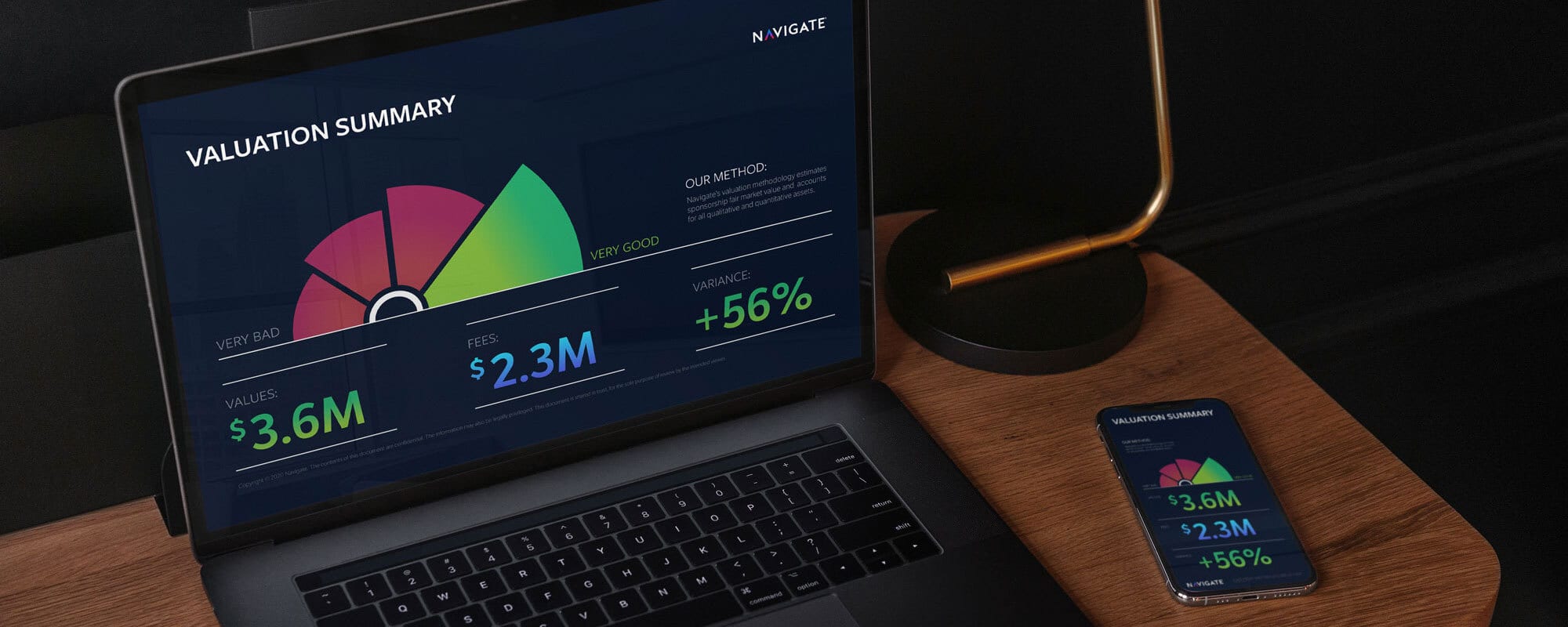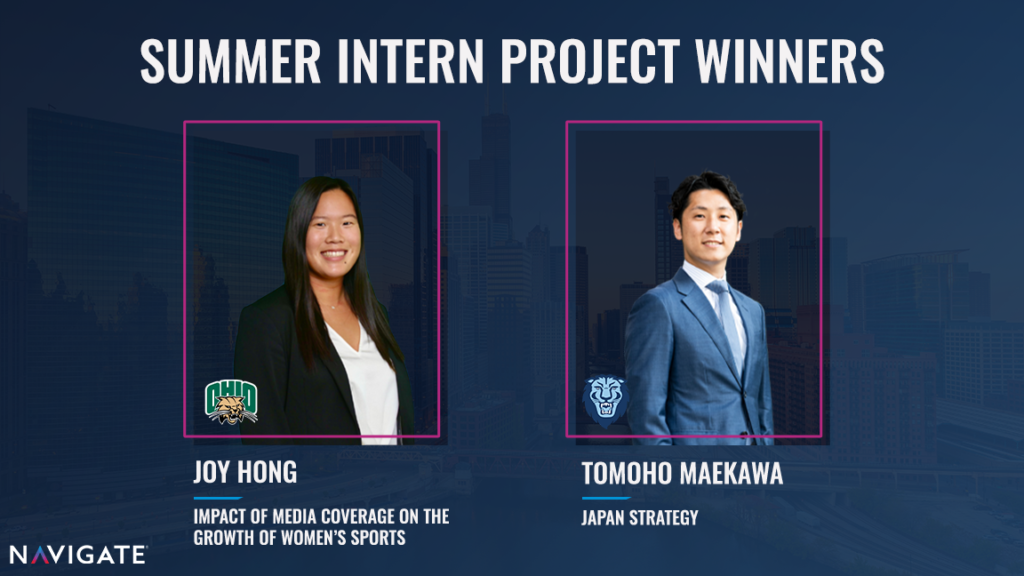
Second Annual Intern Competition
This summer, we replicated our intern project competition at Navigate with our largest class of interns to-date. Our nine interns selected a topic of their choosing relating to sports business, worked diligently to create insightful reports, and then presented their findings to the entire Navigate team. All of the projects were educational and engaging, and for the second year in a row we have co-champions, Joy Hong and Tomo Maekawa!
Both Joy and Tomo delivered projects that provided innovative and actionable ideas for Navigate to use in the future to help guide clients and to continue driving the sports industry forward. We asked the pair to tell us more about their goals for their reports and how the process went overall. Continue reading to learn more about their stellar projects!
Joy Hong – “Impact of Media Coverage on the Growth of Women’s Sports”
I recently scrolled through my Daily Bruin bylines for the first time since stepping away from covering sports. During my time at UCLA working for the student paper, I covered nine NCAA Championships across six sports – including the Bruins’ 2018 and 2019 March Madness runs for women’s basketball. I still stare at the overflowing hooks on my bedroom wall where all my press passes collect dust, sometimes reminiscing the adrenaline of making deadline. But bylines aside, I owe a lot to my three-year stint as a journalist.
The newsroom was where I learned the fundamentals. Whether it’s how to dig through decades of media guides to find the perfect stat for a profile on an athlete, or how to articulate the best interview question to get the most compelling quote from a coach – being a journalist taught me the basics of how to tell a good story. I’ll never forget the first game I ever covered. It was a nationally televised women’s basketball game in Pauley Pavilion against the then-No. 1 ranked UConn Huskies my freshman year. Head Coach Geno Auriemma nearly laughed at how horrible my question was at the postgame press conference.
The impact of my own humiliation, however, paled in comparison to how I felt about the lack of game coverage. Outside of the postseason, I was often the only journalist on press row covering UCLA women’s basketball. For the non-revenue generating sports, I was almost always the only one covering their seasons. As I brainstormed ideas for my Navigate project, I was interested in digging deeper into the current landscape of media coverage among women’s sports and whether it has improved over time. My goal was to identify factors that contribute to the lack of engagement with women’s sports, analyze media coverage disparity between multiple properties, and pinpoint ways in which Navigate can help move the needle for increasing engagement with women’s sports.
Below is an overview of how ESPN’s SportsCenter has distributed its coverage between men’s and women’s sports, as well as what the disparity looks like among other more specific properties including the World Cup, the NCAA College World Series, and the Grand Slams.
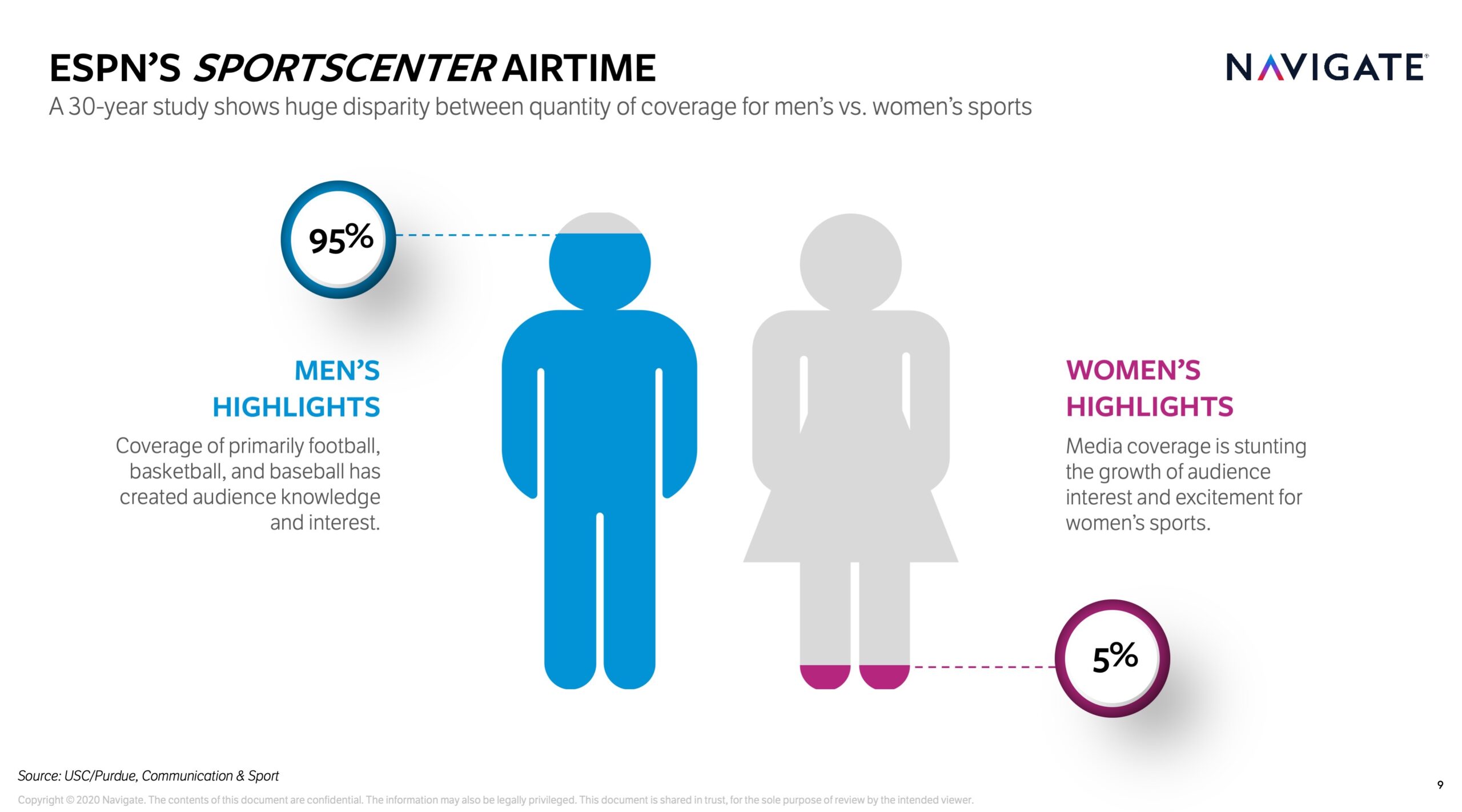
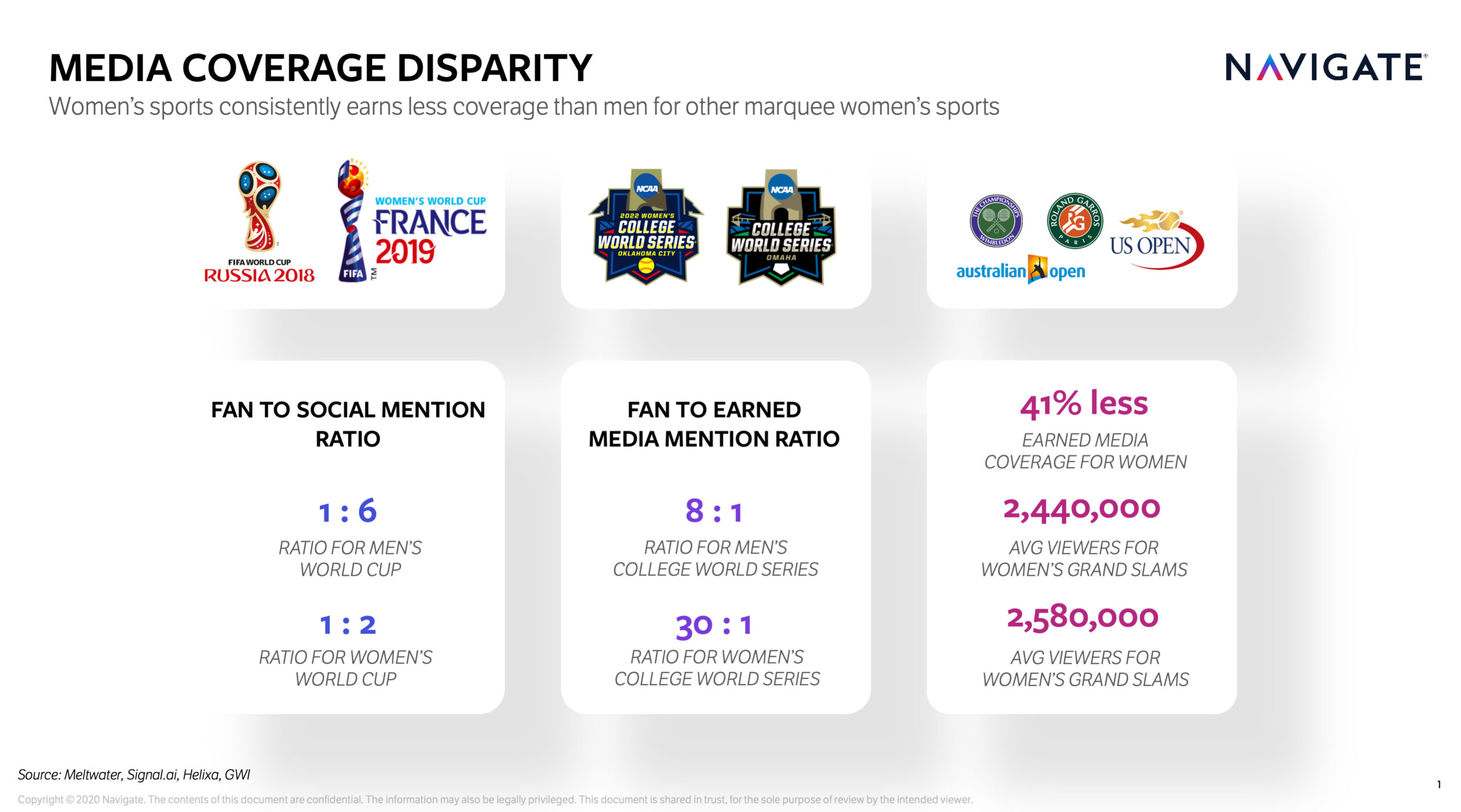
What did you learn the most from this project?
This project really taught me how to craft a digestible narrative from research and data. I learned how to extrapolate tangible takeaways from numbers and trends to further develop the story the data showed. The project exposed me to databases and tools I had never used before and it challenged me to learn how to problem-solve, pivot ideas, and strategize in new ways. I am lucky to have had previous journalism and academic research experience, which helped propel the transformation of the data on women’s sports consumption into a valuable story that I thought would resonate with the rest of the team.
How does this progress your career?
It’s not often that you’re given the opportunity to have free range with any topic of interest and present your findings to the whole company. Everything from collecting data and analyzing the insights in a digestible way, all the way to communicating it in an effective manner that resonates with the audience, Navigate’s project helped me develop and fine-tune my presentation skills that I know will be valuable anywhere I go. This project really taught me the basics of navigating a project from start to finish that I know I can take with me throughout the rest of my career.
Tomo Maekawa – “Japan Strategy”
One mission of my internship is to add value to Navigate’s future business opportunities. Although Navigate has significantly impacted the U.S. sports industry since 2006, it has limited experience with the Japanese market. As an international student from Japan with a strong avidity in sports, I think my biggest contribution to Navigate is to provide the team a better understanding of the Japanese sports industry and to inspire Navigate to consider Japan as the next market to dive into. Thus, I picked this theme for my final presentation and structured my proposal by introducing background information, the sports landscape, the possible market approach, case studies, and my recommended strategy to lower the hurdle to go to market. Japan looks unique compared to the U.S.; however, I believe Japan will be a fascinating market for Navigate once it can open the door. I was grateful to receive feedback after the presentation saying that the team learned insider information that can contribute to their future international endeavors.
What are you most proud of?
One aspect of my project that I am proud of was that I conducted the quantitative evaluation of business opportunities in Japan’s sports market. As Navigate usually provides various business approaches such as sponsorship valuation, customer research, and ROI estimation, their approaches are ones that I wanted to learn during this internship. Since I have had many chances to touch on those approaches in daily work, I thought utilizing my learning in my final presentation was a good idea. Mainly, I like Navigate’s method of storytelling – a combination of quantitative and qualitative approaches. Thus, I tried to incorporate quantitative analysis as much as possible to support my research, and I created a metric to rate each Japanese candidate and to explain why we should consider a pro basketball league (B League) and a pro rugby league (League One) as potential clients.
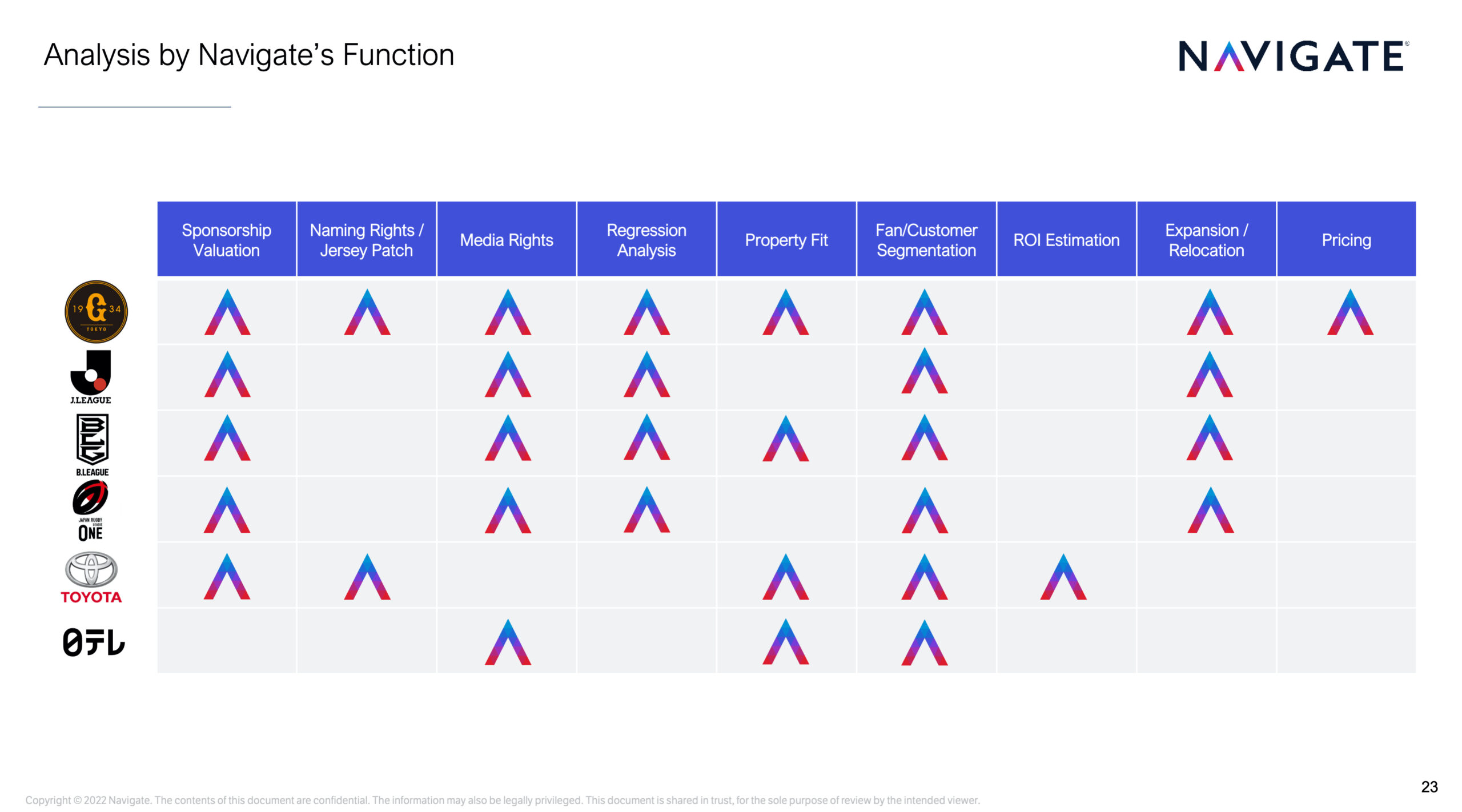
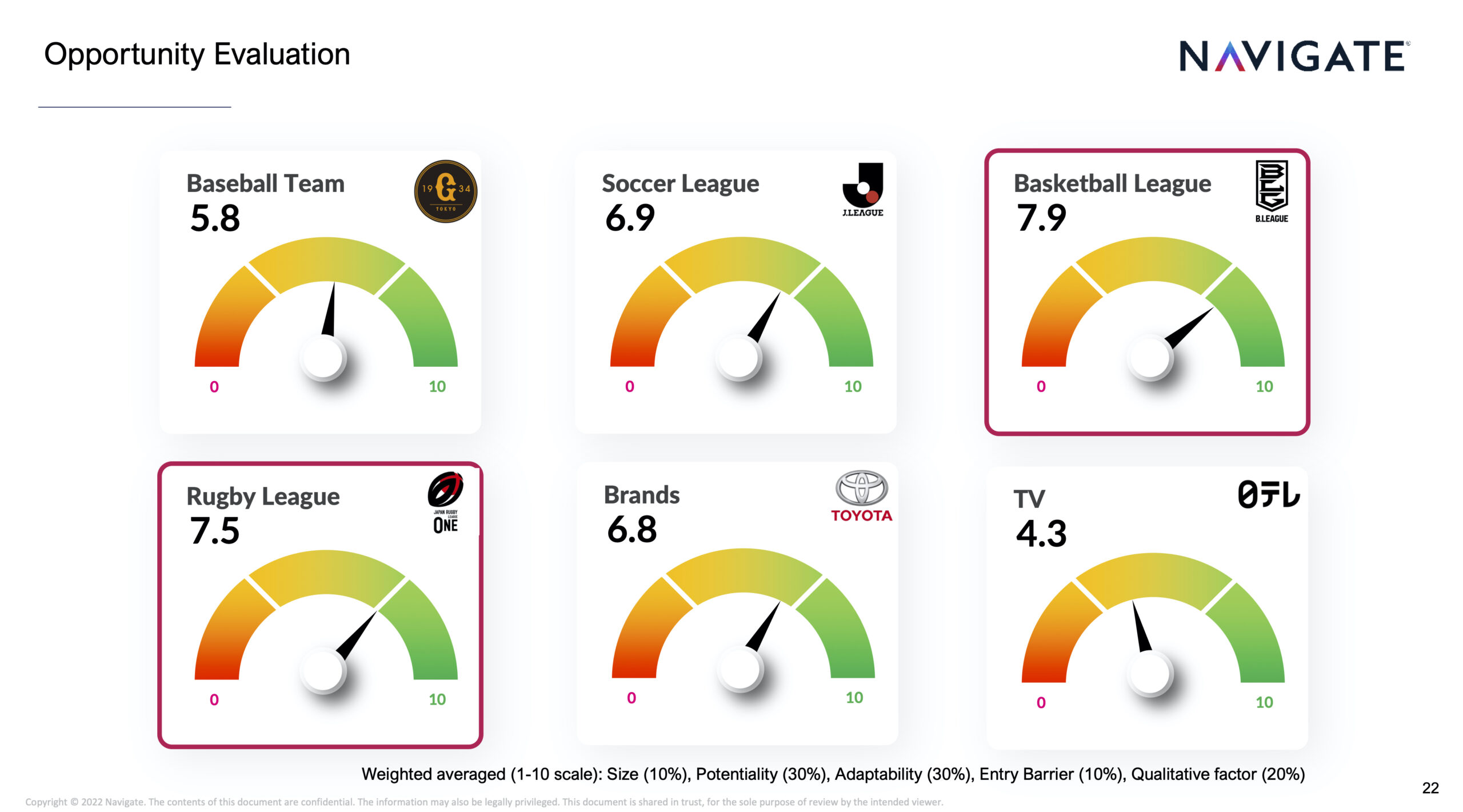
What was the biggest challenge you faced?
Navigate has a variety of databases to leverage when conducting secondary research, which is one of Navigate’s business strengths. However, when studying Japan, I struggled to collect data to build a logical story since I had less data on Japan’s market than on the U.S. market. To overcome this obstacle, I held interviews with individuals in the Japanese sports industry and used my school resources to supplement any gaps in the data. The main takeaway from this challenge was acknowledging the importance of data readiness. Even if we lack the knowledge or insight into the specific sector, data will help us broaden our area of research. Like connecting the dots unleashing the limitation of our imagination, amplifying data would enhance the quality of research.

